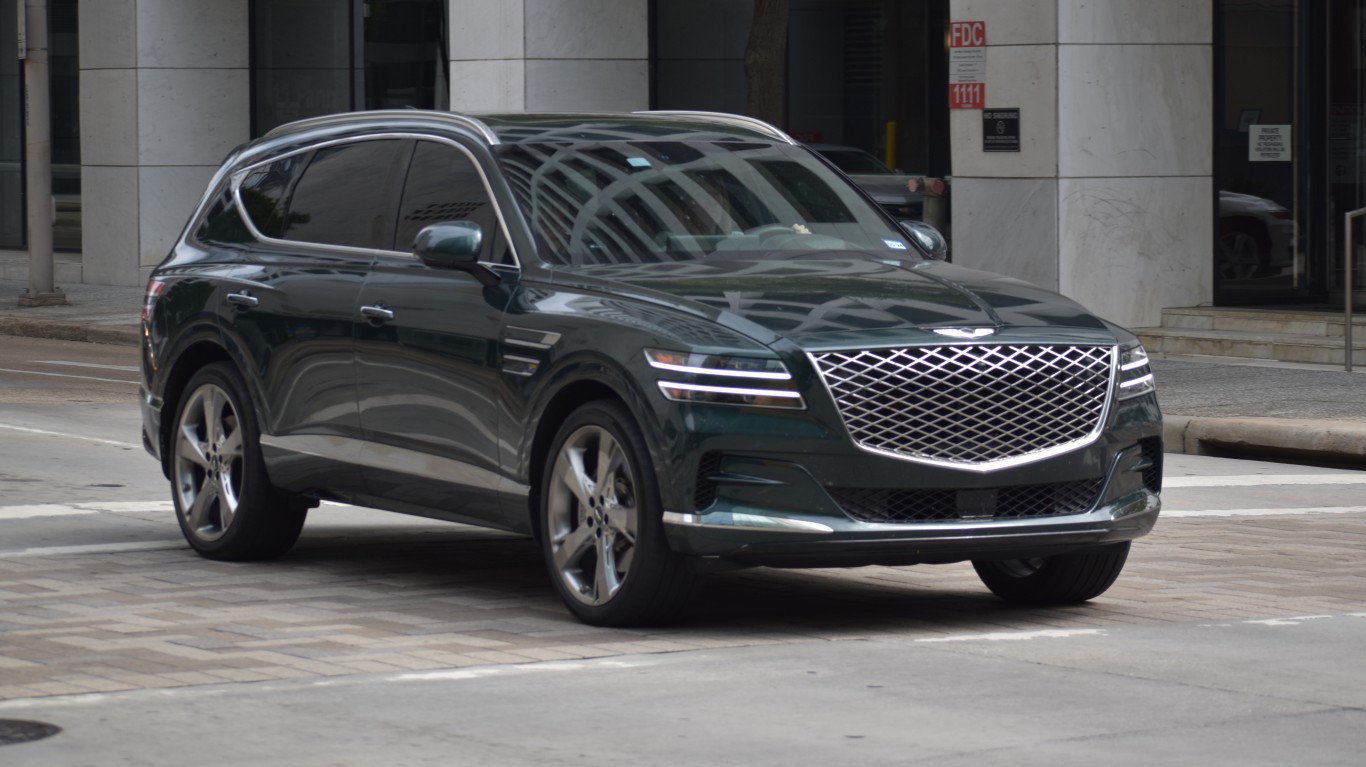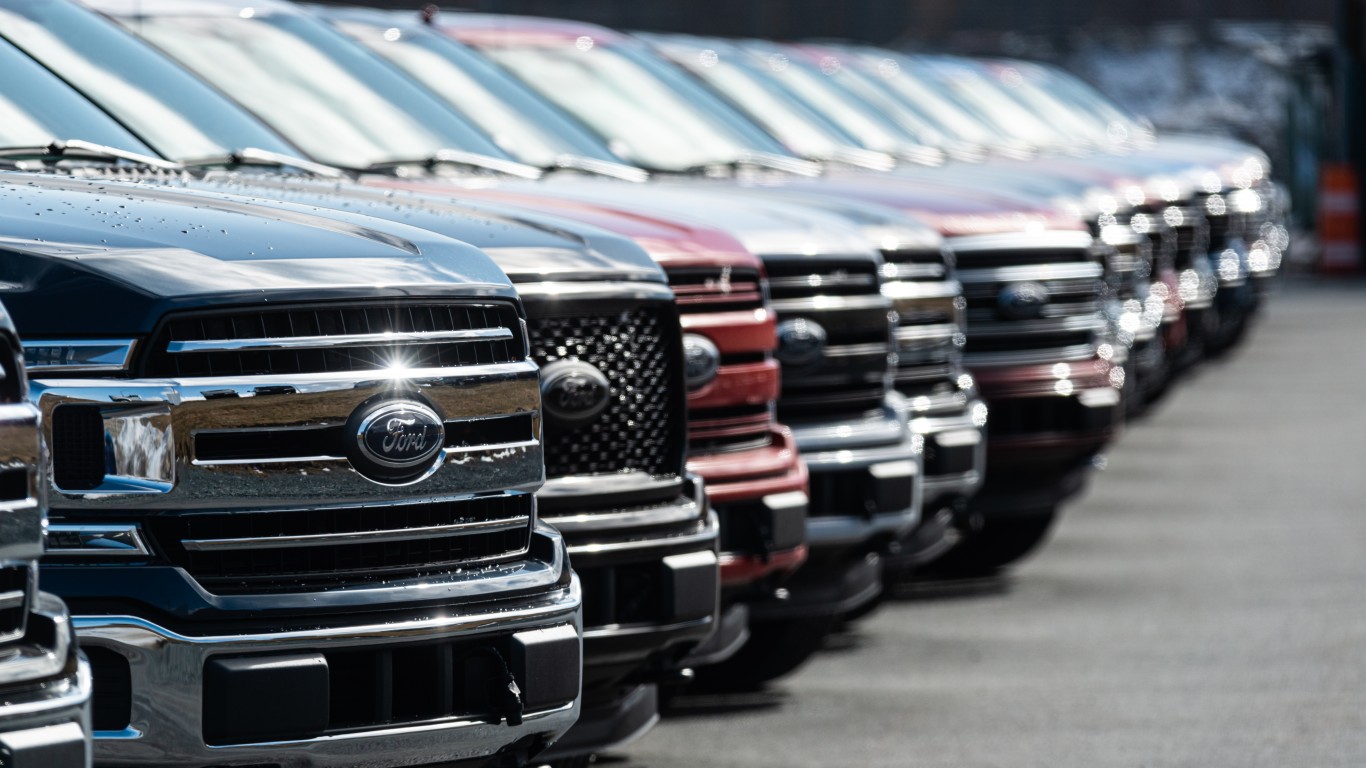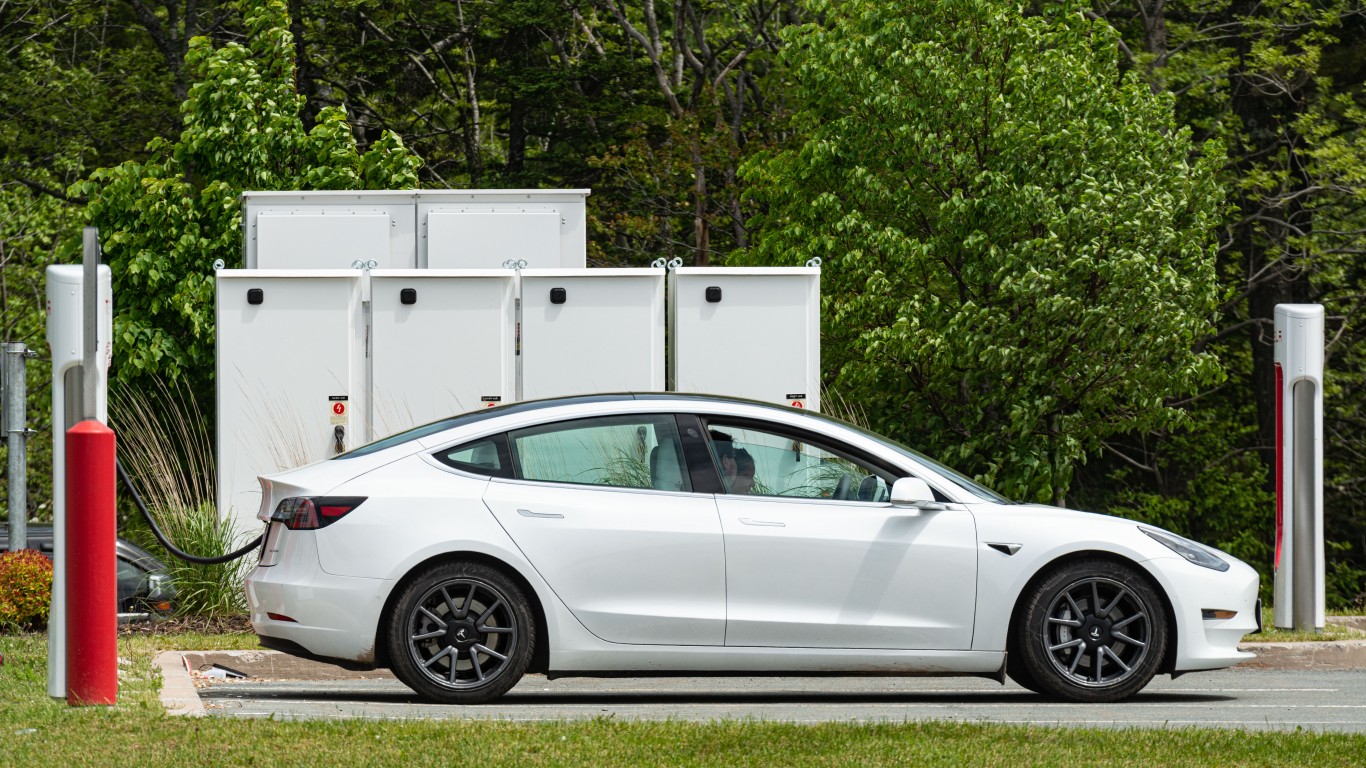
Ford management should be disappointed by a new analysis from CNBC. It shows that, in the U.S., Hyundai-Kia EV sales trailed only Tesla’s in the year’s first half. Ford fell well behind. So did GM, but by less of a margin.
Tesla’s first-half sales were 336,892. Hyundai-Kia’s were 38,457, up 11% from a year ago. Ford’s were 25,709, up 12%. While GM was behind Hyundai-Kia in unit sales, its growth rate was impressive, up 365% to 36,322.
Ford explained the poor performance by “retooling” of manufacturing facilities that make the Mustang Mach-E. However, and more to the point, Ford does not have another EV that could make up for the deficit. The F-150 Lighting, Ford’s EV flagship, had sales of only 8,757 in the first half. It shows that Ford’s EV lineup remains very thin. (These are 13 biggest electric vehicles business failures in American history.)
The data further show Ford’s real challenge, which is not Tesla. Every major car maker is racing to get share in the U.S. market, the second largest globally, after China. VW sold 26,538 EVs in the US during the first half.
Nissan is among the best examples of early EV success. The Nissan Leaf has been its only real EV product. However, the new Ariya has sold well recently and will likely be the Japanese company’s most successful EV for the balance of the year. It is rare that Nissan’s plans, over a long period, will differ substantially from Honda’s and Toyota’s, which means these two will have large EV fleets. (Toyota has been criticized for the slow development of its EV strategy).
The luxury segment is the other part of the EV market in which large car companies have had success. BMW, Porsche, and Cadillac have recently aggressively marketed new EV vehicles.
Legacy car companies are a challenge to Ford for another reason. They have huge dealership and service networks, a potential edge over Tesla. Ford also has a network, but it is not a competitive advantage in an industry where dealer networks are part of almost every car company’s strategy. (These are the car brands with the best and worst dealership experiences.)
Are You Still Paying With a Debit Card?
The average American spends $17,274 on debit cards a year, and it’s a HUGE mistake. First, debit cards don’t have the same fraud protections as credit cards. Once your money is gone, it’s gone. But more importantly you can actually get something back from this spending every time you swipe.
Issuers are handing out wild bonuses right now. With some you can earn up to 5% back on every purchase. That’s like getting a 5% discount on everything you buy!
Our top pick is kind of hard to imagine. Not only does it pay up to 5% back, it also includes a $200 cash back reward in the first six months, a 0% intro APR, and…. $0 annual fee. It’s quite literally free money for any one that uses a card regularly. Click here to learn more!
Flywheel Publishing has partnered with CardRatings to provide coverage of credit card products. Flywheel Publishing and CardRatings may receive a commission from card issuers.
Thank you for reading! Have some feedback for us?
Contact the 24/7 Wall St. editorial team.




